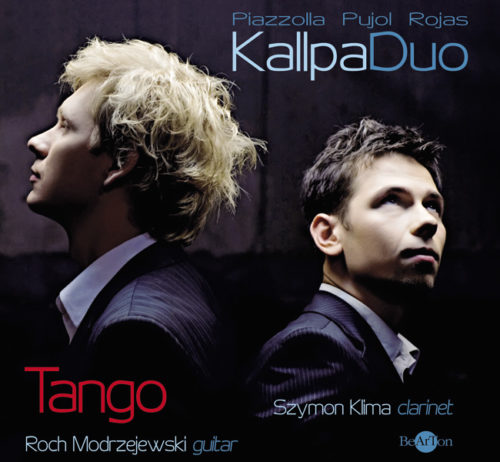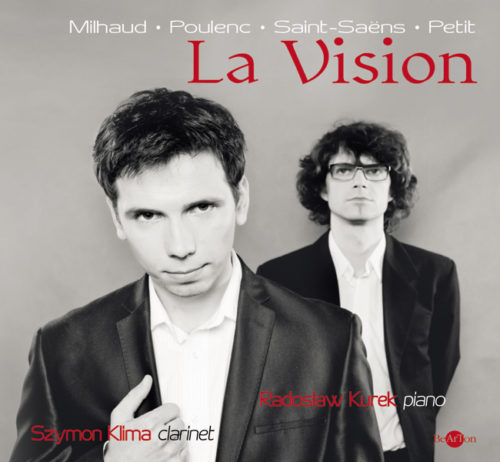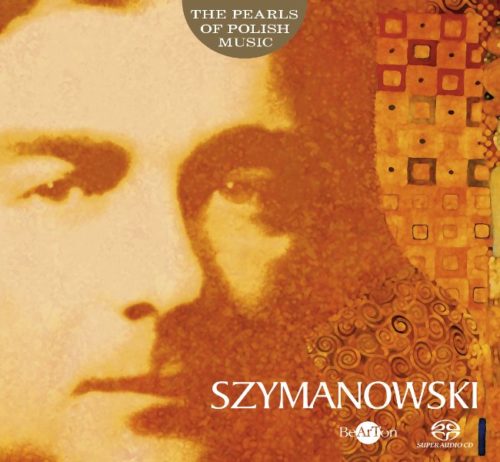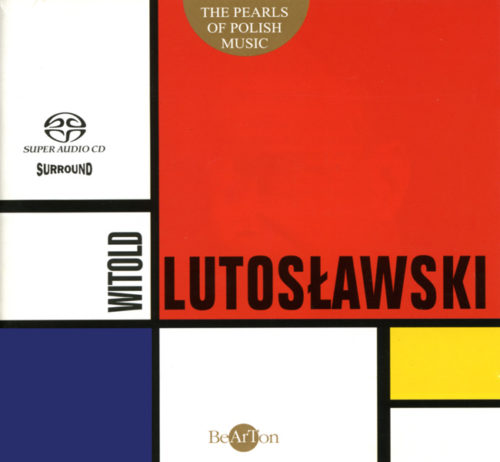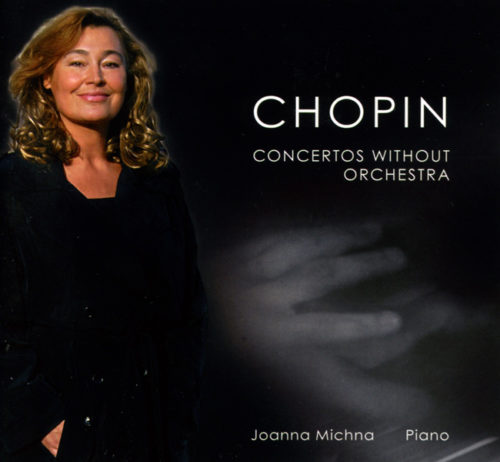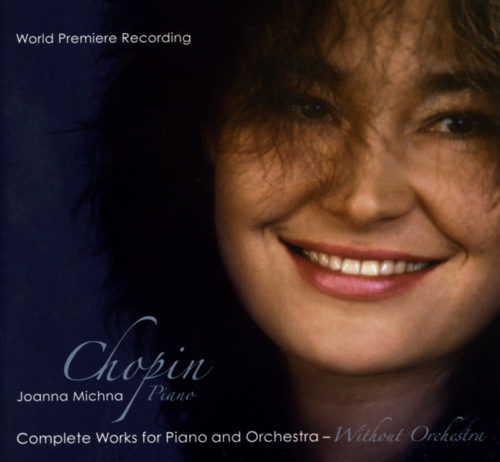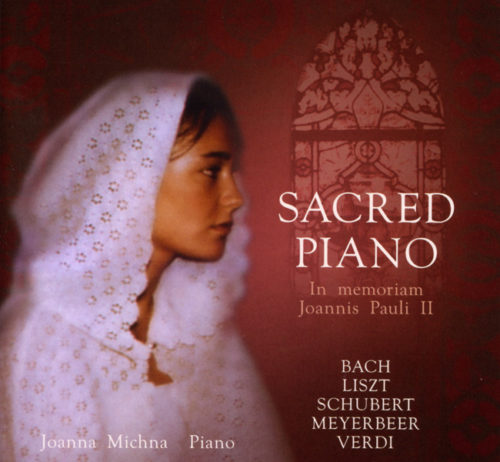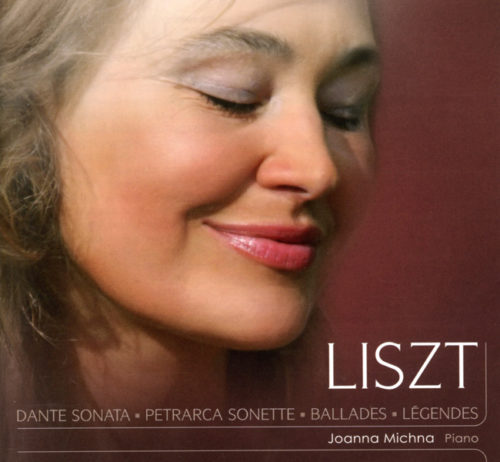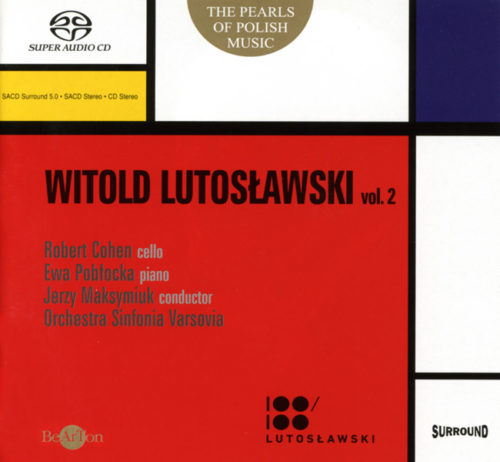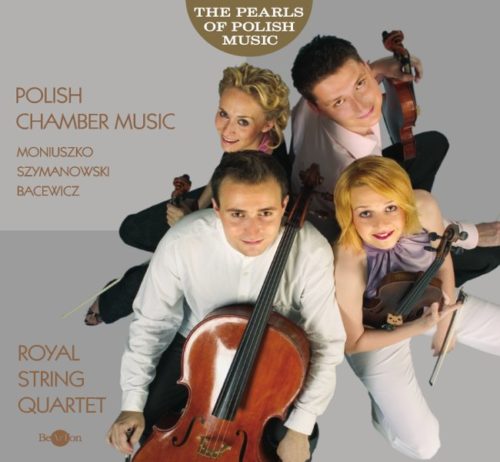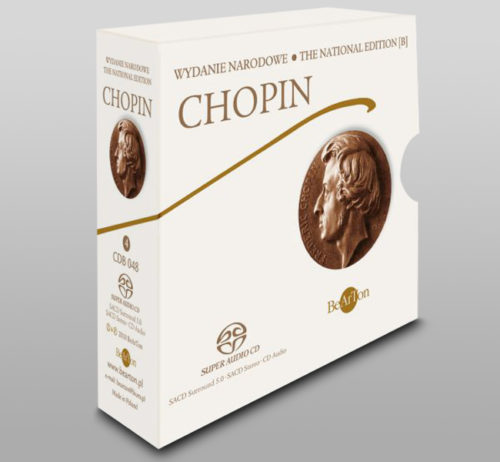Description
Preludes and Impromptus
The origins of the cycle of twenty four Preludes Op. 28 is connected with Chopin’s stay in the ruins of a neglected Carthusian monastery in Valldemosa, Majorca – which in those times was a virgin and inhospitable island. As he himself noted down, Chopin worked on the cycle in this strange place, in a monastic cell with one candle, and with the Bach’s volume of Das Wohltemperiertes Klavier on the table; living between rocks and the sea, aware of the poetry breathed by everything here, looking at the colours of the most wonderful places that had not been obliterated with the human eyes yet. But he was seriously ill then, with no hope of any plans to be fulfilled.
It is difficult to find a more romantic scenery inspiring the creation of a work of art. It is not surprising then Schumann finds Majorcan Preludes to be morbid, feverish, and stupefying. Liszt, on the other hand, describes them as the outburst and sudden entrance; and A. Gide, ravished by the whole cycle, decodes them as fearful. The differences and discrepancy of opinions are not strange here. Emanating with the variety of expression colouring, preludes provide for new horizons of the genre.
Before Chopin Preludes originated, the name of prelude had been linked with two traditions. The older, baroque tradition was represented by Bach, where loosely composed composition preceded polyphonic fugue. The younger tradition referred to so called preluding, i.e. improvisation introducing the listener into the character of some larger work. Chopin Preludes do not match any of those conventions. Braced in a cycle, at the same time they exist as separate compositions. However, the cycle is meant to create an integral whole. It is united by the tonal order consisting in sequence of keys and their parallels according to the circle of fifths. Moreover, each of twenty four parts of the cycle contains peculiar thematic cell. It is an interval of a second, created when a rising sixth of a given structure drops to a fifth. Besides those two factors, construction integrity is preserved by the most important factor: the principle of contrast of expression types in its various shades. It might be said that Chopin cycle is as if the universe in miniature, as H. Leichtentritt claims, covering variety of moods and impressions unequal to anything in the whole world music literature. Moreover, The maestro makes concise and expressive what is ecstatic, idyllic (…), mystic, capricious, charming or pathetic (…), rage, despair and fear, delicate love poems, and heroism.

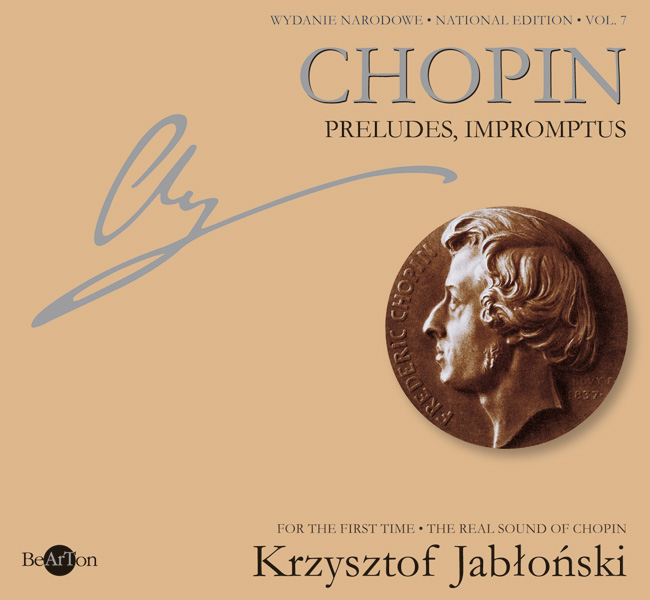
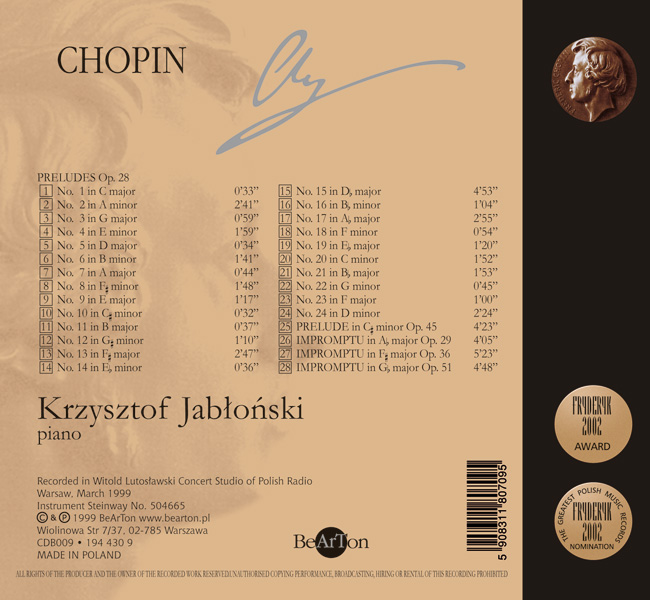


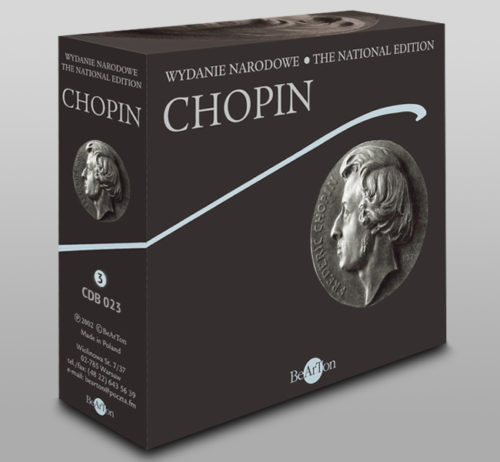





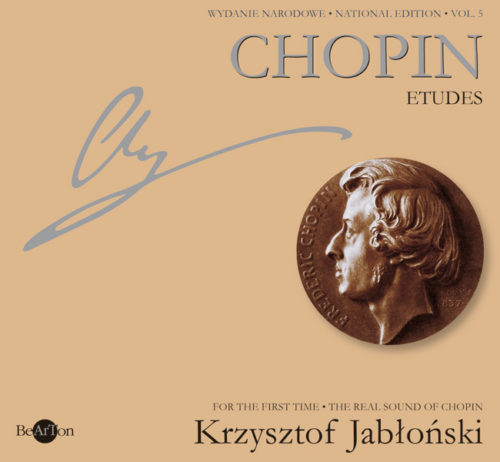
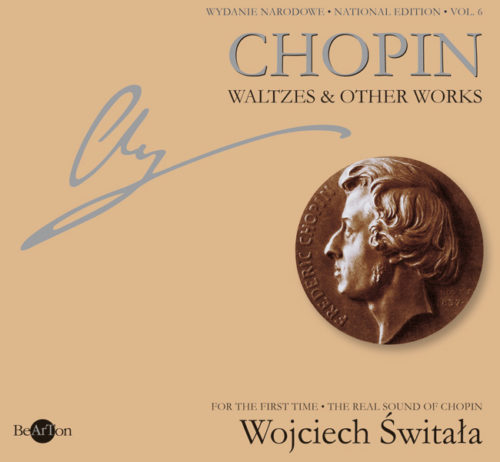




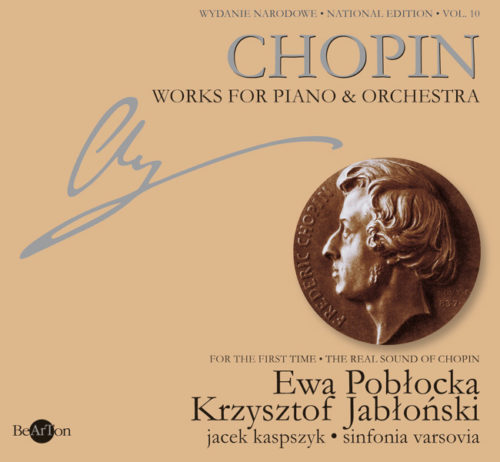

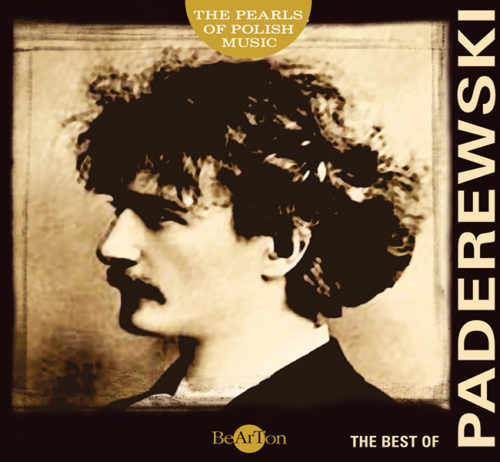
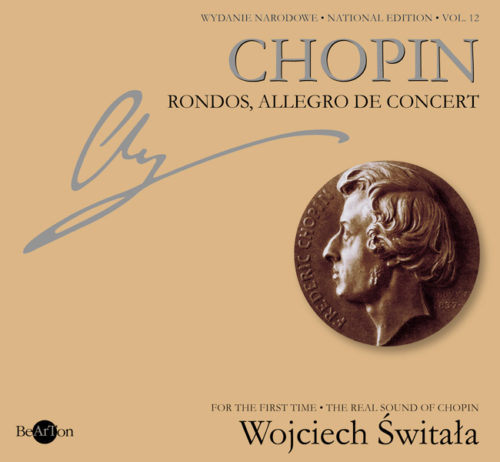


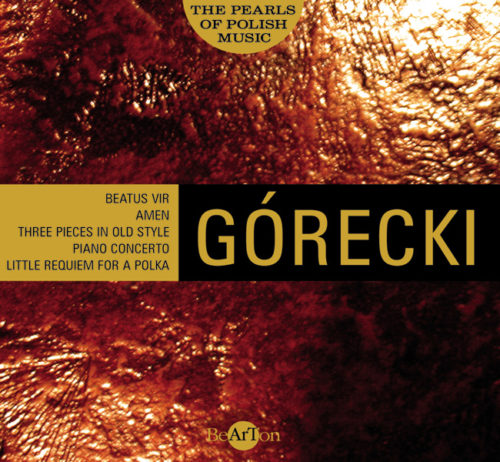

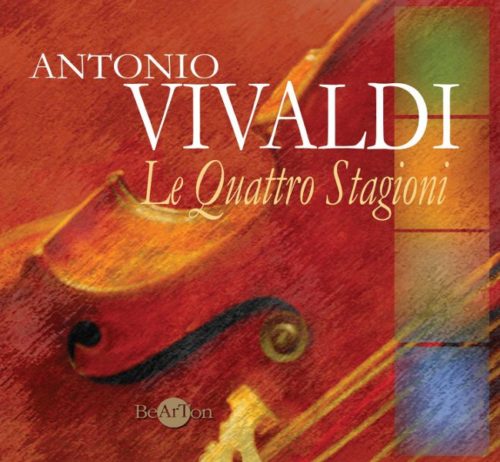
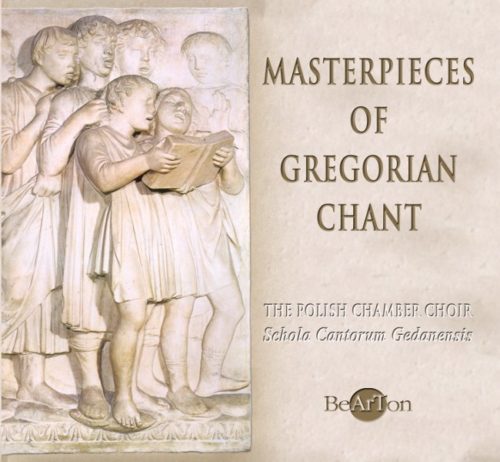
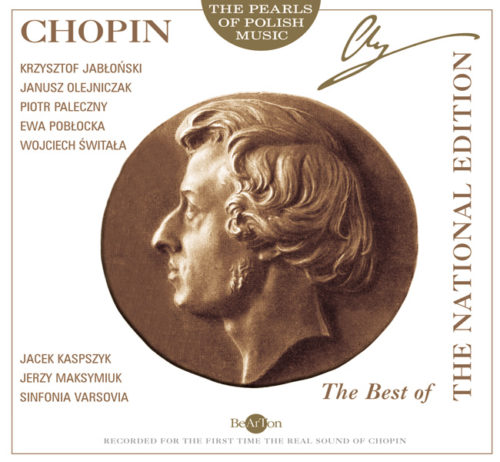
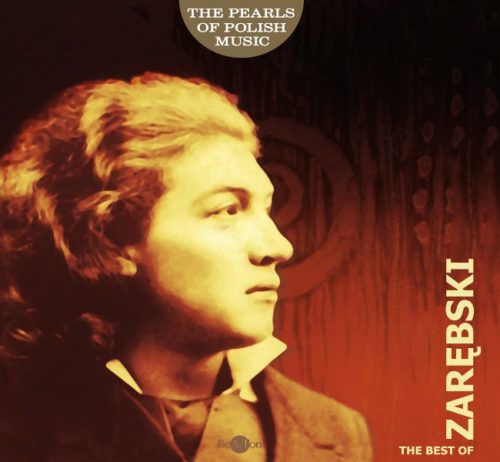
![Chopin - Mazurki i inne utwory [B] CDB038](https://www.bearton.pl/wp-content/uploads/Chopin-Mazurki-i-inne-utwory-B-CDB038-A-500x462.jpg)
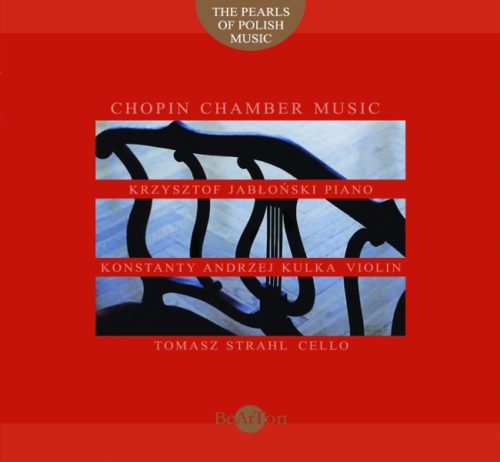
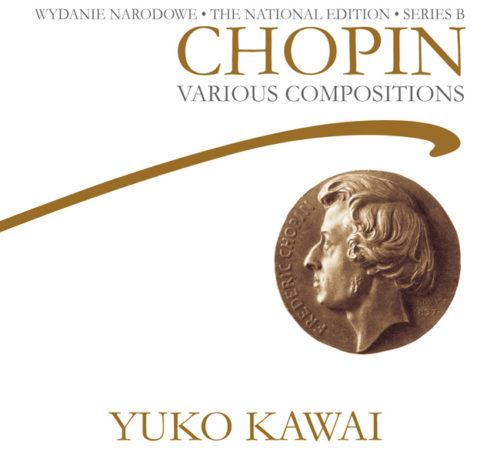

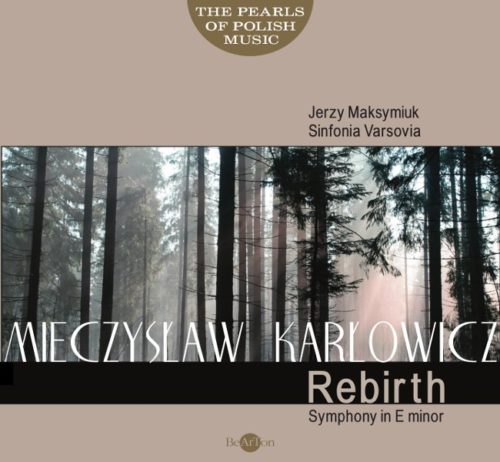
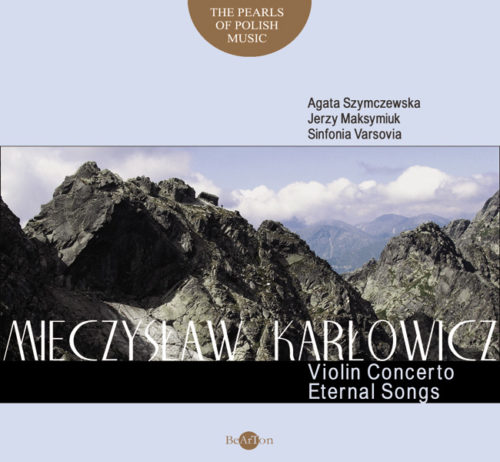


![Chopin – Pieśni [B] CDB046](https://www.bearton.pl/wp-content/uploads/Chopin-Piesni-CDB046-A-500x462.jpg)
![Chopin – Walce [B] i inne utwory CDB047](https://www.bearton.pl/wp-content/uploads/Chopin-Walce-B-i-inne-utwory-CDB047-A-500x462.jpg)

